Sukhyun Cho
Learning a Word-Level Language Model with Sentence-Level Noise Contrastive Estimation for Contextual Sentence Probability Estimation
Mar 14, 2021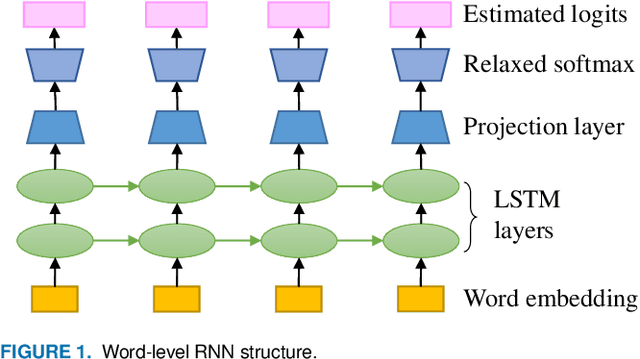



Abstract:Inferring the probability distribution of sentences or word sequences is a key process in natural language processing. While word-level language models (LMs) have been widely adopted for computing the joint probabilities of word sequences, they have difficulty in capturing a context long enough for sentence probability estimation (SPE). To overcome this, recent studies introduced training methods using sentence-level noise-contrastive estimation (NCE) with recurrent neural networks (RNNs). In this work, we attempt to extend it for contextual SPE, which aims to estimate a conditional sentence probability given a previous text. The proposed NCE samples negative sentences independently of a previous text so that the trained model gives higher probabilities to the sentences that are more consistent with \textcolor{blue}{the} context. We apply our method to a simple word-level RNN LM to focus on the effect of the sentence-level NCE training rather than on the network architecture. The quality of estimation was evaluated against multiple-choice cloze-style questions including both human and automatically generated questions. The experimental results show that the proposed method improved the SPE quality for the word-level RNN LM.
HintPose
Mar 04, 2020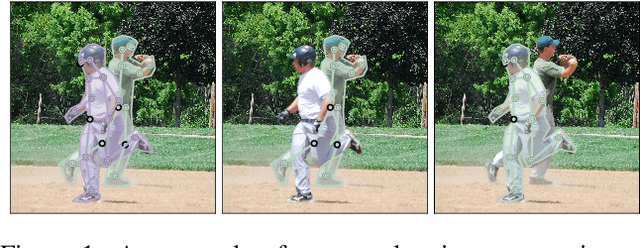
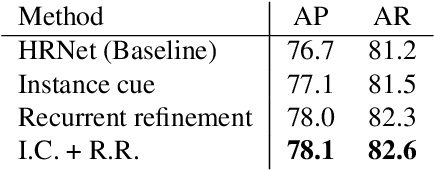
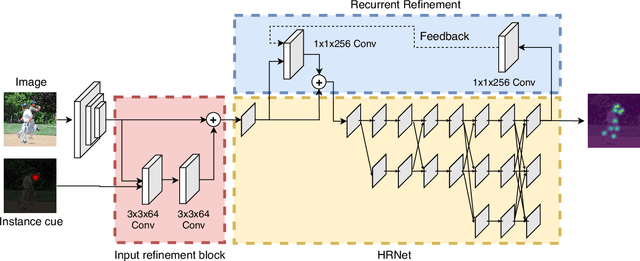
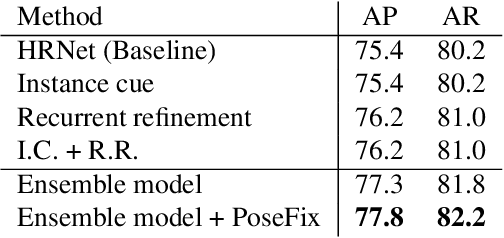
Abstract:Most of the top-down pose estimation models assume that there exists only one person in a bounding box. However, the assumption is not always correct. In this technical report, we introduce two ideas, instance cue and recurrent refinement, to an existing pose estimator so that the model is able to handle detection boxes with multiple persons properly. When we evaluated our model on the COCO17 keypoints dataset, it showed non-negligible improvement compared to its baseline model. Our model achieved 76.2 mAP as a single model and 77.3 mAP as an ensemble on the test-dev set without additional training data. After additional post-processing with a separate refinement network, our final predictions achieved 77.8 mAP on the COCO test-dev set.
 Add to Chrome
Add to Chrome Add to Firefox
Add to Firefox Add to Edge
Add to Edge